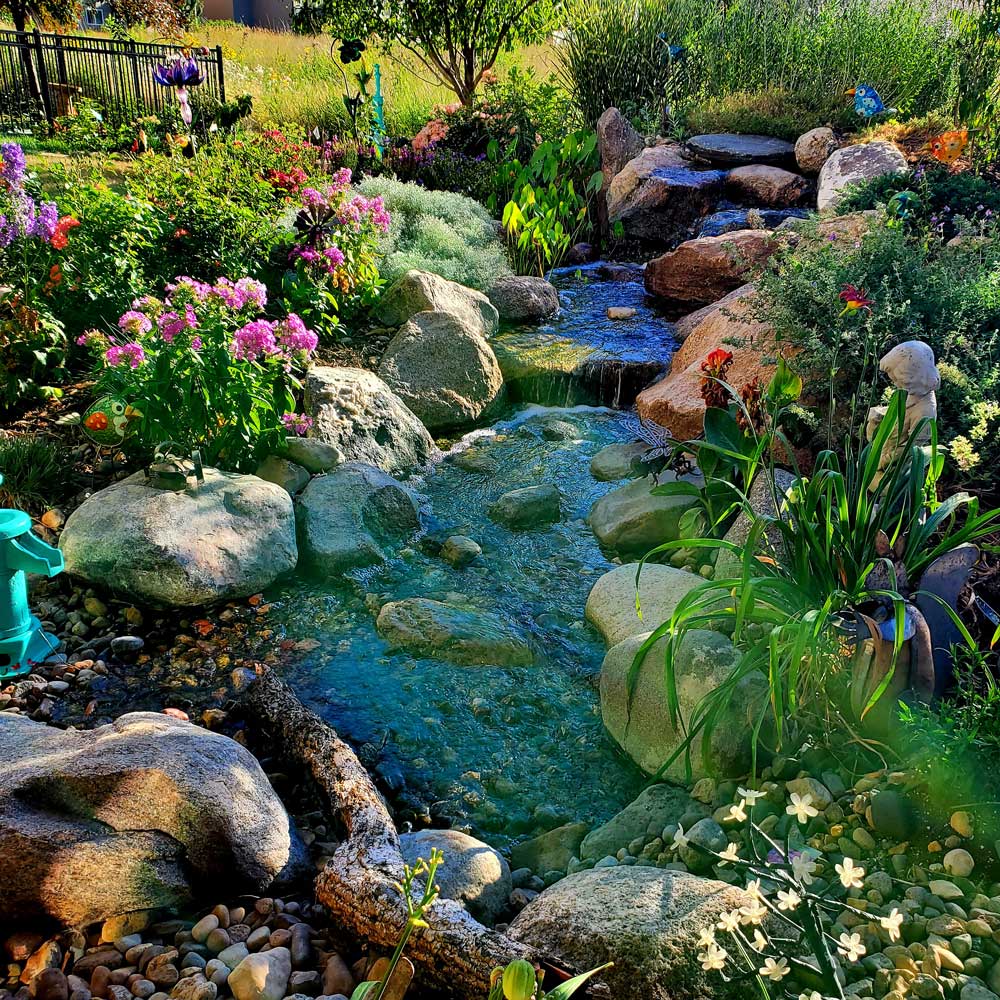About Catmint
Although catmint is closely related to catnip, the former doesn’t make cats quite as crazy as the latter.
Six Hills Giant Catmint Roots are a bushy perennial in the mint family. The lavender flower spires are framed by slender grey-green leaves. The nectar-rich flowers release a lemony aroma that will have bees buzzing incessantly about the catmint patch.
Catmint has a bushy growth habit, reaching between two and three feet in height and often spilling over into walkways and beds.
When to Plant Catmint Roots
Plant bare catmint roots in late spring, after all danger of frost has passed. Catmint is known for being both cold and heat-tolerant, but young plants need the growing season to establish strong root systems and vegetable growth that allows the perennial to survive drastic dips in temperature.
Mature catmint is cold-hardy down to USDA zone 4, and with the proper preparation will survive winter with grace. Mulch catmint plants to conserve moisture, suppress weed growth, and help insulate the roots against deep freezes.
Where to Plant Catmint Roots
Like most perennial herbs, catmint thrives in well-draining, relatively poor soil. Catmint will bloom more abundantly if planted in full sun, but the plant will also tolerate partial shade; in warmer zones the plants actually prefer some protection from the intense afternoon sun.
How to Plant Catmint Roots
Identify an ideal planting site and loosen the soil to at least a foot deep. If possible, amend the planting area with organic compost to improve drainage and enrich the soil with essential nutrients.
Set catmint roots about eighteen inches apart. Dig a hole deep enough to contain the catmint roots, and backfill the hole with soil, holding the top of the catmint roots almost level with the surface. Planting catmint roots too deep will interfere with flowering, but catmint is relatively forgiving and can be adjusted if you suspect the roots were planted too deep.
How to Harvest Catmint
Catmint begins blooming in early summer, and pruning the plants after their first bloom may encourage a second flush of color later in the season.
While you can harvest catmint leaves at any point, the stems will be most flavorful and fragrant after the flowers open. Cut no more than one-third of the plant, and you can either pick a little bit at a time or you can harvest everything in bloom at once. Dry extra catmint leaves by bundling the stems and hanging them upside down.
How to Care for Catmint
Catmint is a perennial herb that actually prefers neglect to helicopter (plant) parenting. Take care not to overwater or overfertilize catmint–in fact, don’t fertilize at all. Give catmint roots an inch of water a week when the plants are young. Once catmint is established, regular watering won’t be necessary.
